Mastering the Art of White Tea Preservation: A Comprehensive Guide to Storage Methods That Ensure Longevity and Quality**
White tea, renowned for its delicate flavor, subtle aroma, and minimal processing, is a treasure among tea enthusiasts. Unlike its oxidized counterparts such as black or oolong tea, white tea undergoes minimal withering and drying, preserving its natural antioxidants, enzymes, and fresh characteristics. However, this same delicacy makes it highly susceptible to environmental factors that can compromise its quality over time. Proper preservation and storage are not merely recommendations but essential practices to maintain the tea’s pristine condition, flavor profile, and health benefits. This article delves into the science and techniques of storing white tea, exploring containers, environmental conditions, and maintenance strategies to extend its shelf life while preserving its essence.
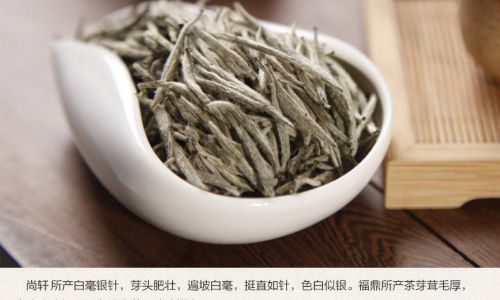
Understanding White Tea’s Vulnerability
White tea’s minimal processing leaves it rich in polyphenols, catechins, and amino acids, which contribute to its health-promoting properties and nuanced taste. However, these compounds also make the tea leaves highly reactive to external elements. Light, moisture, oxygen, heat, and odors can accelerate degradation, leading to flavor loss, mold growth, or rancidity. For instance, exposure to sunlight triggers photodegradation, breaking down chlorophyll and other pigments, resulting in a dull appearance and stale taste. Similarly, humidity above 60% creates a breeding ground for mold, while excessive heat accelerates oxidation, altering the tea’s chemical composition.
Key Factors Influencing White Tea Storage
To combat these threats, storage methods must address five critical factors:
- Light Exposure: Ultraviolet (UV) rays degrade organic compounds, diminishing aroma and flavor.
- Moisture Control: Humidity levels must stay below 60% to prevent microbial growth.
- Oxygen Isolation: Airtight containers minimize oxidation, preserving freshness.
- Temperature Stability: Cool environments (ideally below 25°C/77°F) slow chemical reactions.
- Odor Absorption: Tea leaves easily absorb surrounding smells, necessitating odor-free storage.
Choosing the Right Storage Containers
The container is the first line of defense against environmental threats. Selecting the appropriate material and design is paramount.
-
Ceramic or Porcelain Jars:
- Benefits: Opaque, airtight, and non-reactive, ceramic jars shield tea from light and moisture. Their thick walls provide insulation against temperature fluctuations.
- Considerations: Ensure jars have silicone or rubber gaskets to maintain airtight seals. Avoid glazed interiors with lead-based paints; opt for food-safe coatings.
-
Dark Glass Jars:
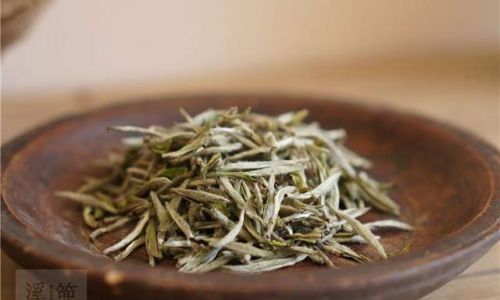
- Benefits: Amber or cobalt blue glass blocks UV rays while allowing visibility (if desired). Screw-top lids with rubber seals enhance airtightness.
- Considerations: Glass is fragile and offers less insulation than ceramic. Store in dark cabinets to minimize light exposure.
-
Stainless Steel Canisters:
- Benefits: Durable, lightweight, and non-reactive, stainless steel resists corrosion and odors. Double-layered vacuum-insulated models offer superior temperature control.
- Considerations: Ensure the interior is free from metallic scents; some low-quality containers may impart a metallic taste.
-
Avoid Plastic and Clear Glass:
Plastic containers, even food-grade ones, may leach chemicals over time and fail to block UV rays. Clear glass offers no light protection and is prone to condensation.
Optimal Storage Environments
Where you store your tea matters as much as the container itself.
-
Cool, Dark Locations:
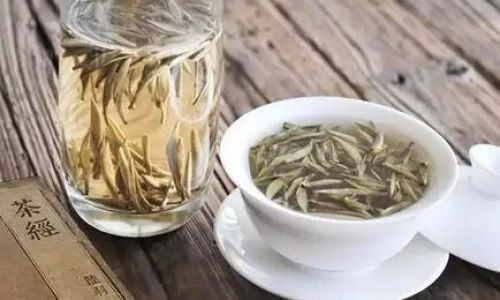
- Ideal spots include pantries, cupboards, or cellars away from direct sunlight. Avoid windowsills, kitchen counters, or areas near appliances generating heat (e.g., ovens, refrigerators).
- Temperature: Maintain a consistent 15–25°C (59–77°F). Avoid attics or garages prone to extreme temperature swings.
-
Low-Humidity Zones:
- Use a hygrometer to monitor humidity. If living in a humid climate, place silica gel packets inside containers (ensure they are food-safe and non-toxic). Replace packets every 3–6 months.
- Avoid: Basements, bathrooms, or laundry rooms, where moisture levels fluctuate.
-
Odor-Free Zones:
Store tea away from spices, herbs, or cleaning supplies. Even mild odors can permeate tea leaves over time.
Special Considerations for Aging White Tea
Some connoisseurs age white tea for several years to enhance its complexity, akin to aging wine. However, this requires meticulous conditions:
- Aging Containers: Use breathable materials like unglazed clay or paper packets to allow gradual oxidation.
- Environment: Stable humidity (50–60%) and temperatures (20–25°C/68–77°F) are critical. Frequent monitoring prevents mold.
- Duration: Aging typically spans 3–15 years. Sample annually to track flavor development.
Maintenance and Inspection
Proper storage is an ongoing process. Regular checks ensure longevity:
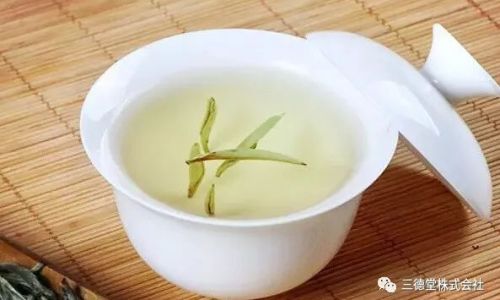
- Visual Inspection: Look for discoloration, mold spots, or insect activity. Discard affected leaves immediately.
- Aroma Test: Fresh white tea should emit a light, floral, or grassy scent. Musty or stale odors indicate degradation.
- Taste Evaluation: Brew a small sample periodically. A flat or bitter taste signals oxidation or moisture damage.
- Rotation: Use the oldest tea first (FIFO: First In, First Out) to maintain freshness.
Common Mistakes to Avoid
- Overfilling Containers: Leave 10–20% empty space to prevent crushing leaves and allow air circulation.
- Refrigeration or Freezing: Unless in extremely hot climates, refrigeration risks condensation when removing the tea, introducing moisture. If necessary, seal tightly and thaw completely before opening.
- Using Damp Spoons: Always use dry utensils to scoop tea to avoid introducing moisture.
- Neglecting Small Packages: Even small quantities require proper storage; transfer tea from original packaging to airtight containers immediately.
Conclusion
Preserving white tea is an art that balances science and mindfulness. By selecting the right containers, controlling environmental factors, and maintaining vigilant oversight, enthusiasts can safeguard the tea’s delicate qualities for years. Whether you’re storing everyday tea or aging a rare batch, the principles remain the same: shield from light, moisture, and odors; stabilize temperature and humidity; and inspect regularly. In doing so, you ensure that each infusion delivers the same ethereal experience as the day it was harvested—a testament to the harmony between nature and preservation.
Final Thoughts
White tea’s ephemeral beauty demands respect and care. Treat it as a living entity, responsive to its surroundings, and it will reward you with cups of liquid sunshine, unchanged by time. Embrace these storage methods, and your tea collection will remain a source of joy and wellness, sip after sip.
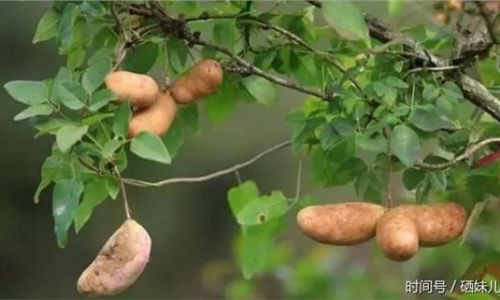
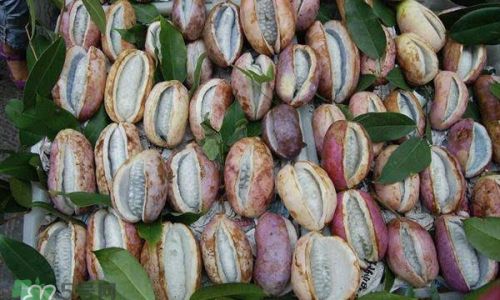
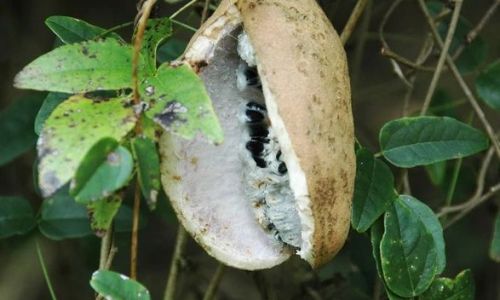
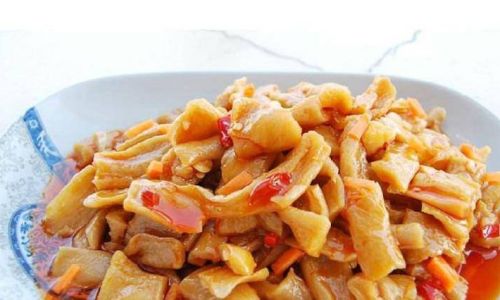
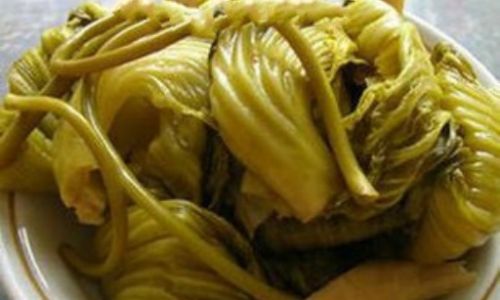
0 comments